
Filter News
Area of Research
News Type
News Topics
- Big Data (1)
- Biology (1)
- Biomedical (1)
- Climate Change (1)
- Composites (2)
- Computer Science (5)
- Cybersecurity (2)
- Energy Storage (1)
- Fusion (3)
- Grid (2)
- Isotopes (3)
- Materials Science (7)
- Microscopy (3)
- Molten Salt (1)
- Nanotechnology (4)
- Neutron Science (2)
- Nuclear Energy (5)
- Physics (5)
- Polymers (3)
- Quantum Science (1)
- Security (3)
- Space Exploration (1)
- Transportation (4)
Media Contacts

A new microscopy technique developed at the University of Illinois at Chicago allows researchers to visualize liquids at the nanoscale level — about 10 times more resolution than with traditional transmission electron microscopy — for the first time. By trapping minute amounts of...
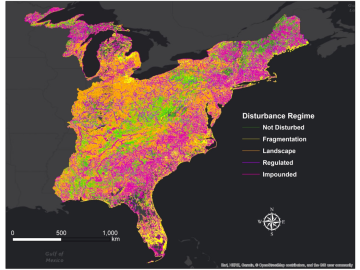

Oak Ridge National Laboratory scientists have developed a crucial component for a new kind of low-cost stationary battery system utilizing common materials and designed for grid-scale electricity storage. Large, economical electricity storage systems can benefit the nation’s grid ...

As leader of the RF, Communications, and Cyber-Physical Security Group at Oak Ridge National Laboratory, Kerekes heads an accelerated lab-directed research program to build virtual models of critical infrastructure systems like the power grid that can be used to develop ways to detect and repel cyber-intrusion and to make the network resilient when disruption occurs.
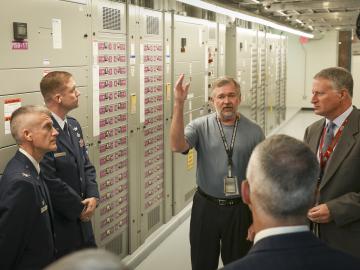
For the US military, accurate weather prediction is vital to both the planning and execution of worldwide missions. To extend its weather modeling capabilities, the US Air Force has joined the computing experts at the US Department of Energy’s (DOE’s) Oak Ridge National Laborato...
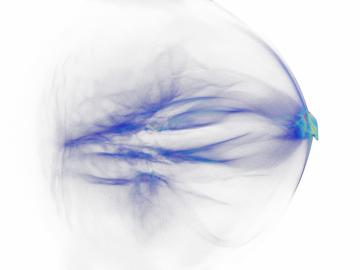
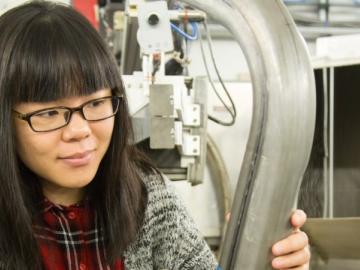

Chang-Hong Yu of the Department of Energy’s Oak Ridge National Laboratory fell in love with running in 2008 and has since completed 38 marathons or longer-distance races. Her passion for long-distance races serves her well chasing neutrinos—electrically neutral subatomic particles th...
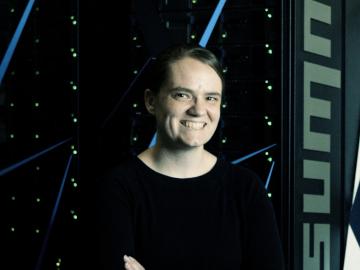
If you try to visually represent a spiking neural network, a type of machine learning model, what you often get is an inextricable three-dimensional spiderweb of flashing dots and lines. This visual complexity masks a deeper dynamism, though, as the tangled mass is actually an ever-ch...

When Michael Starke leaves the lab each day, he continues his work, in a sense, at home. The power systems engineer is developing methods to precisely control building electrical loads—and in his off hours, he has automated his own home with upwards of 90 smart devices to manage everything from heat...


